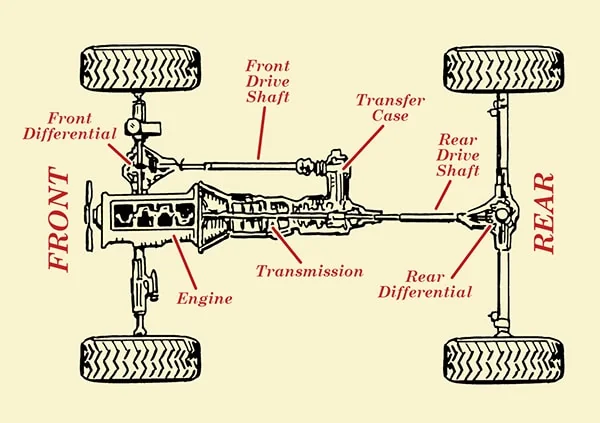

A turbojet is just a desk fan with extra steps


A turbojet is just a desk fan with extra steps
You’ve enlightened me. I love dragonflies too now.
Some kids at my high school tried that on their phones, but it never worked because all the other kids in the room would cuss them out for basically inflicting the entire room with mosquito-in-ear noises.


I watch long videos on my TV (45 min - 1 hr) and YouTube has the audacity to shove minute+ long ad reels in my face every 15 minuets, claiming “fewer ads for this long video.” Bullshit. I have learned however that if you go to give feedback on the ad and flag it as inappropriate, it skips all the ads in that reel and sends you right back to the video! I can get past unskippable ads in a few seconds this way.
We put some raw chicken in a wasp trap once and my god, I’ve never seen so many wasps in one place. The thing was almost a quarter full by the end of the day.


Four wheel drive is “dumb” in that it simply sends equal power to all four wheels. But if one wheel loses traction, then a quarter of your available power is wasted as that wheel just spins (this is a gross oversimplification). All wheel drive, by contrast, operates like four wheel drive but uses a fancy differential instead of a transfer case. If the system detects that one wheel loses traction, it can selectively direct power to the other wheels instead of wasting it. It can also lock the center differential so that it behaves like a transfer case if you want. I don’t know the specifics of the park service’s rules, but an all wheel drive vehicle should do just as well if not better than a four wheel drive one.


In a conventional two wheel drive vehicle, the driveshaft goes from the transmission in the front to the differential in the rear. In a four wheel drive vehicle, a transfer case is mounted behind the transmission instead. This splits the power between two driveshafts, one going to the rear differential and one going to the front differential. This gives power to all four wheels, allowing the vehicle to traverse roads where the traction might rapidly change and differ between the wheels.

If it’s an alpha or beta emitter, sure, you’re probably fine standing near it. But if you find yourself next to a chunk of a gamma emitter, you should probably run away very quickly
So there’s four types of radiation: alpha, beta, gamma, and neutron. When you’re talking about radioactive materials, it’s almost exclusively the first three. In addition to the inherent danger of the object itself, there’s also the danger of radioactive contamination: not making other things radioactive, but shedding bits of themselves as dust and then that dust getting on other things, or getting ingested/inhaled by humans.
Active fission reactions, like what goes on in the core of a nuclear reactor (or perhaps messing around with some plutonium and a screwdriver), produce neutron radiation. Neutrons can make other things radioactive, via a process called “neutron activation”, whereby the neutrons bind to the material and change some of the atoms into radioactive isotopes.
I hope that helps, and feel free to ask me anything else about radiation. I have some education about it thanks to my job, and I’m always happy to help other people understand it more as well.
More or less. The difference is that, if they really wanted to, they could very thoroughly clean the notebook and take most of the contamination off. I’m guessing they won’t because a) It’s a historical artifact and they don’t want to risk damaging it, b) the contamination is so low-level that it’s not dangerous as long as you don’t lick it or something, and/or c) there’s a bit of a shock factor in watching a scientist’s notebook make a Geiger counter freak out.
taptaptaptaptap
DROP AND RUN
M o i s t u r i z e m e
Cheetahs are quite a bit more fragile since they’re optimized for speed. Any injury could hamper their ability to hunt, so as a result they’re more skittish and flighty than the other big cats. In zoos they often raise cheetahs alongside dogs, giving them a service animal of sorts so they are calmer around the weird hairless monkeys and don’t get stressed out as much.


The Beast is hotter than his human version ngl
This would have been a much better movie than whatever The Happening was about.
It’s probably for the smell. The plant is rafflesia arnoldii, which smells of rotting meat to attract flies as pollinators.
Fun fact! During the Apollo flights to and from the Moon, the spacecraft would perform “Passive Thermal Control” or “barbecue roll” where it would rotate around its long axis about once per hour, to distribute the thermal load from the sun and keep one side from heating up too much


Plants don’t have the ability to pull out a gun to defend itself
Yet.
This one got me good because Saddam Hussein was the last thing I noticed